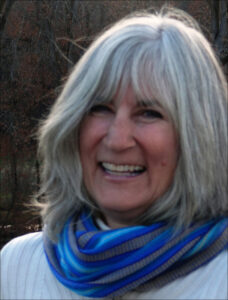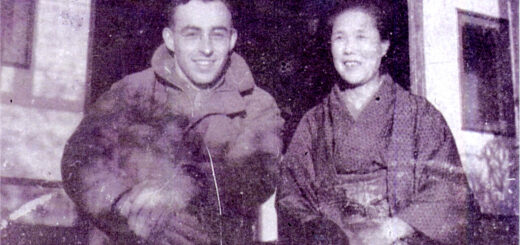Twisp documentary demonstrates the power of community
In these times of political and social acrimony, it’s helpful to have frequent reminders of the power of community and how human beings are meant to live together and work through conflicts and challenges.
While it is a film about the people of Twisp and the Methow Valley, it also a reflects the true spirit of America. It is not about the false nostalgia or pining for some mythical past but instead celebrates people choosing to adapt to changes that are inevitable in life. Most of all, it is about never forgetting that human beings — our neighbors — are every bit as important as we are.
In watching the film, I was struck by the scope of Goodman’s approach to sharing the story of a community and a valley committed to a rural quality of life, self-determination and caring for each other. It is the story of resilience and adaptation rather than victimhood.
The film’s early scenes explore the loss of the Native American people who populated the land before settlers came.
To its credit, the community chose to convene listening sessions to bear witness to the stories of what happened not to inspire guilt but instead to honor a way of life that was virtually extinguished. A conscious effort was made to welcome descendants back to the valley and celebrate the wisdom of those ways through an interpretive center.
In a valley that perhaps had 3,500 residents in the 1970s, the Aspen Corp. sought to build a world-class ski area that would bring 10,000 skiers a day to Early Winters near Mazama. The character of the valley would have been profoundly altered.
Many in the community balked. Through the efforts of the Methow Valley Citizens Council, that development was defeated and ultimately this led to the development of a world-class cross-country and mountain bike trail system, which has preserved the rural nature of the valley.
Then in 1982, the Twisp mill closed and took with it perhaps 400 jobs. While economically crippling in the short term, the result was ultimately a stronger commitment to education, the creative arts and sustainability, as evidenced by TwispWorks, the Methow Arts Alliance and other efforts.
The film argues that Twisp grew stronger and closer in its sense of community in the process.
From solely an economic standpoint, it could be argued the valley would have been better off if the ski area had been developed and the mill remained open, but at a significant cost of the quality of life in the valley. Damaging community for the sake of economic growth is a bad bargain.
There is a strong commitment among residents in the Methow to have clean and water, support local agriculture and ranching, foster creativity through the arts and help out everyone in need.
Here are two examples. When the Federal Emergency Management Agency refused to give residents support after devastating wildfires in 2014 and 2015, civic leaders took it upon themselves to create a locally driven approach to recovery. A high school student created a peer-to-peer suicide prevention program that helps those isolated find a sense of belonging.
“Twisp: The Power of Community” is about an intentional community where people do their best to look out for each other. The film seeks to inspire people to develop community in their own towns — a formula that will work anywhere, as long as people see themselves as creators of their own destiny rather than as victims of outside forces.
We can join our friends in the Methow Valley to support the movement toward self-determination, self-sufficiency and helping those in need by supporting the spread of this film at Twispmovie.com.




